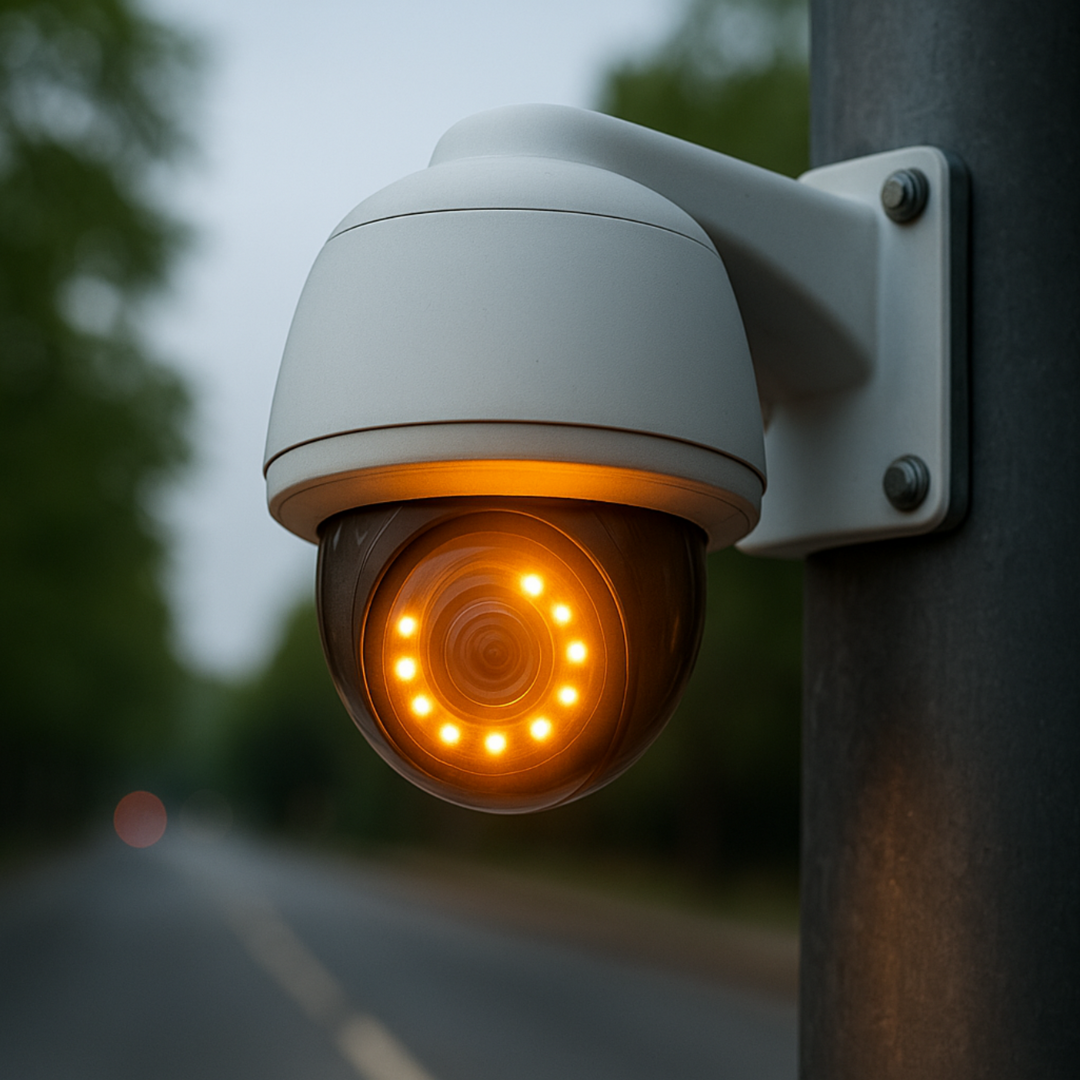Comprehensive CCTV Solutions for South African Businesses
2025-10-01 19:16:11

Overview
South Africa’s SMEs face persistent security risk. The SAPS 2023/24 crime statistics report ongoing incidents at non-residential premises, making CCTV a strategic control rather than a “nice-to-have”.
When correctly planned, CCTV helps with deterrence, real-time response, investigations, and operational visibility; some insurers may recognise robust controls. Compliance matters: handle footage lawfully under POPIA and, in shared properties, sectional-title rules.
This guide distils practical steps on architecture choices, provider selection, lawful processing, and integration with adjacent controls, anchored to Daisy’s broader capabilities and a neutral, best-practice stance.
Jump to
TL;DR
- CCTV is a strategic control for SA SMEs; anchor decisions in official stats.
- Choose architecture (IP/analogue; wired/wireless) based on risk, growth, and budget.
- Treat footage as personal information under POPIA; use signage, retention, access control.
- Integrate with access, T&A, ANPR, and networks for reliability and context.
- Maintain systems proactively; document roles, SOPs, and reviews.
Why CCTV Matters for SMEs
Visible cameras deter opportunistic crime and support incident resolution, staff safety, and claims.
Ground your decisions on real crime statistics and your risk assessment; match coverage to entrances, cash areas, loading bays, and yards.
While policies differ, some insurers may consider robust controls when assessing risk; keep language cautious and evidence-based.
Focused CCTV + procedures often reduce after-hours losses by improving detection and response (site-specific results will vary).
Types of CCTV Systems (IP vs Analogue; Wired vs Wireless)
Start with the platform choice. When comparing cctv system types (IP vs analog) and “cctv vs ip security camera systems”, evaluate recorded samples in your actual lighting and distances.
|
Aspect |
IP (Network) |
Analogue (Coax/DVR) |
|
Resolution & features |
Higher resolution; software analytics; smart cctv systems-ready |
Lower cost basics; fewer analytics |
|
Scalability |
Flexible (PoE switches, VLANs) |
Channel-bound; DVR capacity limits |
|
Remote viewing |
Native network access |
Often needs bridges |
|
TCO |
Higher device cost; scalable |
Lower entry cost; less flexible later |
Second decision: cabling vs radio. Wired is predictable; wireless cctv systems business can be ideal for outbuildings or yards if engineered for throughput, interference, and weather.
Selecting a camera system for business comes down to clarity at the target distance, night performance, storage math, and lawful retention. Shortlist a few camera systems for business options and pilot before full rollout.
Choosing a Trusted Installer
Look for a repeatable methodology: assess → design → cctv camera installation → commission → train → support.
When shortlisting a cctv installation company South Africa, request tailored integrated solutions, device schedules, storage/retention calculations, and POPIA-aware policies (access rights, audit trails, signage).
Ask for a transparent breakdown of cctv installation costs in South Africa (equipment, labour, civil works, VMS, networking, support).
Multi-site or campus projects benefit from commercial security camera installation experience, and references from similar sectors. Mature commercial cctv installers like Daisy Business Solutions should document SLAs, fault response, and change control.
Compliance & Privacy (POPIA)
CCTV footage is personal information. You need lawful basis, purpose limitation, secure storage, role-based access, and a documented retention policy.
Use official sources first: the Information Regulator (POPIA) and the POPI Act (gov.za PDF).
In shared properties, the Sectional Titles Act and the Sectional Titles Schemes Management Act may apply.
Add signage that clearly states purpose and contact details for data subject requests to demonstrate POPIA CCTV compliance.
For requests and access to information, see PAIA guidance from the Regulator. Empowered Compliance
Not legal advice: consult qualified counsel for site-specific obligations.
Benefits & ROI
Well-designed cctv systems deliver practical outcomes: deterrence presence, faster incident triage, clearer claims evidence, and process insights (e.g., forklift routes).
To show cctv crime deterrent evidence, track before/after incident counts and near-miss logs.
Capture the benefits of CCTV for business in your risk register and review quarterly.
For SMEs, the right-sized security camera system layouts often prioritise entrances, points of sale, and yards.
Integration & Innovation
CCTV multiplies value when integrated with adjacent controls and IT:
- Doors/zones (access control), and access control and CCTV integration for event-based video recall.
- Workforce visibility (time & attendance systems) to corroborate presence/clocking.
- Perimeter automation (automatic number plate recognition) for vehicle gates and alerts.
- Remote after-hours support (cctv monitoring services) with clear SOPs and escalation.
- Networks and cloud (connectivity solutions) to support resilient remote viewing.
For warehouses and forecourts, mixture strategies combining fixed views, PTZs, and surveillance cameras work well.
Larger yards benefit from commercial cctv camera placements, and retail parks often standardise on commercial surveillance solutions for multi-site governance.
Next Steps
- Map risks, entrances, high-value zones, and lighting.
- Choose architecture (see table), then validate with pilots.
- Draft signage and retention policy, train staff, and document SOPs.
- Select a trustworthy installer, programme milestones, and commission with acceptance tests.
- Schedule proactive care using cctv maintenance services and keep firmware/VMS current through managed it services.
FAQs
Do SA businesses need CCTV?
With elevated risk exposures, cctv for business is a pragmatic control—especially after hours. Anchor decisions in official stats and a site risk assessment. South African Police Service
What laws apply to footage?
There’s no single “CCTV law”; treat footage under POPIA and property rules. See the Information Regulator and the POPI Act. This also informs video surveillance laws South Africa interpretations. Empowered Compliance+1
IP or analogue?
Both can work; use site pilots to compare clarity, analytics, and lifecycle. Refer back to business cctv systems and the table above when weighing options.
Wired or wireless?
Wired is reliable; engineered wireless can be ideal for outbuildings. Ensure throughput, alignment, and interference plans for wireless cctv systems business use cases.
What about small businesses?
Start lean with cctv for small business South Africa layouts: cover entrances, POS, and loading areas, with signage and simple retrieval workflows.
How long should we retain footage?
Only as long as necessary for a defined purpose; document it and enforce access controls within business security systems South Africa governance.
Who should we choose to install?
Shortlist proven commercial cctv partners like Daisy Business Solutions with sector references, and insist on POPIA-aware process. Mature cctv solutions providers will show designs, storage math, and SLAs.
Can we rent vs buy?
Either can work; renting smooths capex while buying maximises asset control. Confirm inclusions (support, replacements) in the contract.


